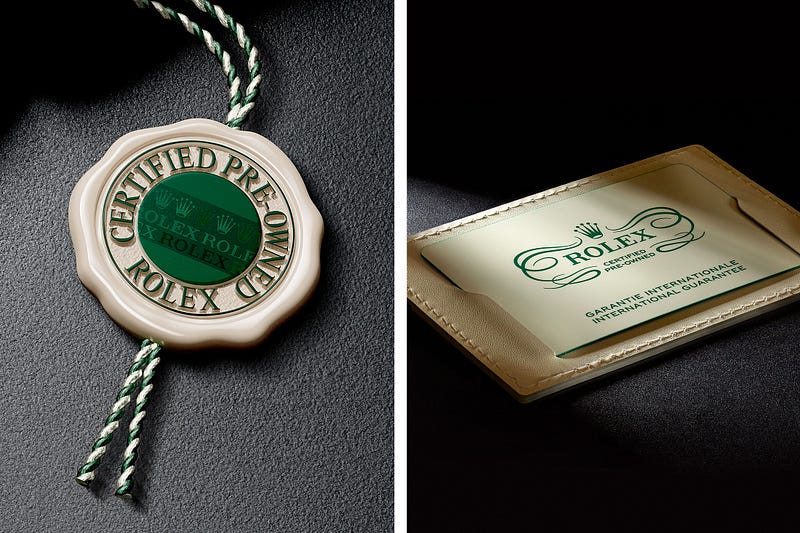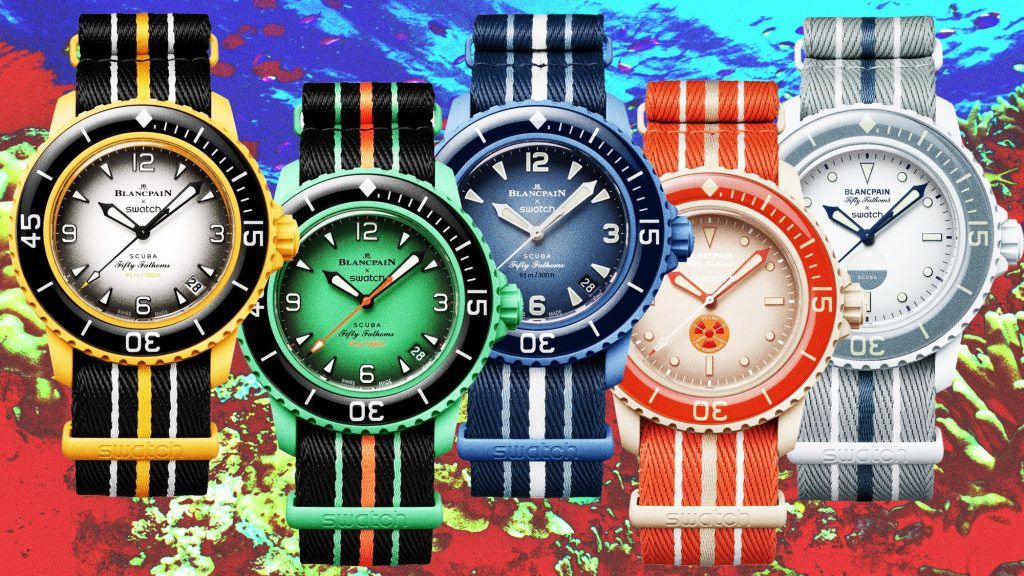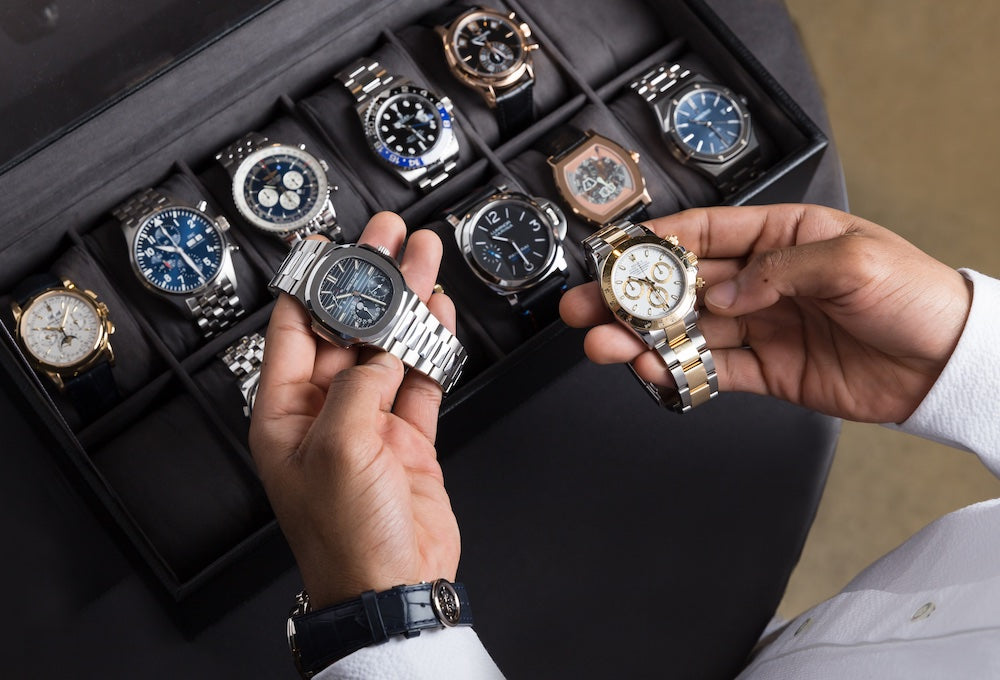Over the last weeks, there’s been a singular buzz in the luxury watch industry. The news causing the turmoil broke at 6:00pm CET on August 25th, 2023, with a succinct press statement: “Rolex acquires Bucherer.” In a nutshell, the most iconic Swiss watchmaking brand, Rolex, has acquired Bucherer, one of the world’s largest watch retailers. In conjunction with Tourneau, boasts over 100 sales outlets globally and stands as the top retail brand in the US.

This is a new approach from the “old” strategy to keep the retail activities separated. While competing brands (i.e. Audemars Piguet) were transitioning towards a direct-to-consumer approach by reducing their network of Trusted Dealers (removing middle men), Rolex seemed to tread a different path...but it is no longer the case.
It seems the strategic move to acquire a 2 Billon (CHF) sales company made sense purely because Jörg G. Bucherer, the owner of the retailer, lacks direct descendentes but undoubtedly there is more.


 Rolex will be able to tag used pieces at market price
Rolex will be able to tag used pieces at market price

Leave a comment
This site is protected by hCaptcha and the hCaptcha Privacy Policy and Terms of Service apply.